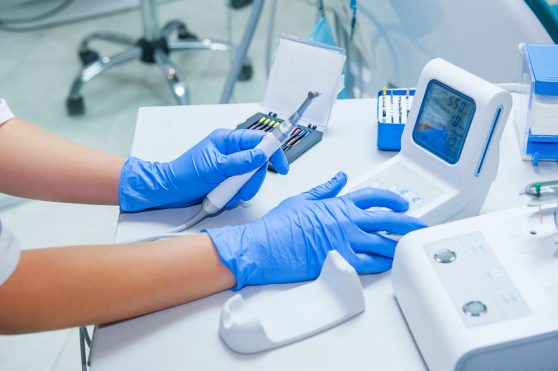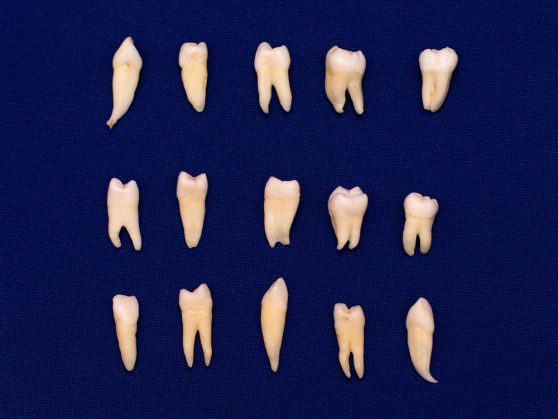Endodontics
Endodontics or “Root Canal Treatment” (RCT) is the name given to the treatment of the diseased pulp (nerve) or tissues of the tooth. It can vary from a milder form of treatment such as placing a topical antibiotic onto an inflamed nerve to a more definitive treatment such as complete nerve (pulp) removal. Unfortunately the latter option is the most common as people often allow symptoms to progress to such an extent that there are little remaining options if the patient wants to save the tooth. The only alternative otherwise is extraction!
The two main reasons for having to treat the tooth pulp is bacterial contamination leading to infection and also trauma to the tooth leading to varying responses from the pulp which can also lead to pulp death and toothache. If a Root Canal Treatment (RCT) is carried out in these more extreme circumstances, then this has a very high chance of eliminating any associated pain and facilitating restoration of the tooth back to normal function.
An abscess or infection in a tooth is the result of a bacterial contamination which has progressed so far as to cause a pressure buildup under the tooth and damage to the adjacent bone and nerve endings which ultimately results in pain and swelling locally. The body cannot eliminate the affected nerve tissue because it is, to all intents, “hidden” inside the tooth and will continue to infect the local area over time. For this reason Antibiotics can help eliminate the initial excess of infection and settle things down but unless the diseased tissue is removed (by Root Canal Treatment), it will continue to re-infect again and again!
Remember, simple tooth decay, is a result of bacteria damaging and gaining access to the internal tooth tissue. If decay is left untreated for any significant period of time, it will inevitably result in pulp damage and can very quickly escalate to Root Canal Treatment to save the tooth from extraction.
“Root Canal” has a bad reputation (undeserved) with regard to being PAINFUL! THIS IS NOT THE CASE! In the vast majority of cases it is no different than having a tooth numbed up for a routine filling! We have had many patients fall asleep during the procedure. However, in a very small percentage of patients the pulp can be so badly inflamed that even local anaesthetics don’t fully work. This is termed a “Hot Pulp” and either alternative anaesthetics or antibiotics are needed to effectively subdue the tooth enough to treat it! In these cases, it becomes very obvious early on and here, at Market Green Dental, treatment will be halted unless the patient is comfortable! The procedure to carry this out can be quick and easy or long and tricky depending on the tooth anatomy, position in the mouth and number of canals involved, etc… No two procedures are identical and it takes time and skill to achieve good results. For these and many other reasons, the success rates are not always 100% (even in the hands of a specialist!), and normally a discussion with your dentist beforehand will give an indication of what the prognosis may be. However nothing is completely predictable in the human body and failures can and do occur. In most instances of failed RCT, there is an identifiable reason for that failure and in many instances it can even be Re-Root treated to keep the tooth. It goes without saying, that if done well the first time, the frequency of failure is dramatically reduced. As a guide Dr Sharkey expects 90-95% success as an average statistic, but each case is assessed individually and discussed with the patient.
The procedure to carry this out can be quick and easy or long and tricky depending on the tooth anatomy, position in the mouth and number of canals involved, etc… No two procedures are identical and it takes time and skill to achieve good results. For these and many other reasons, the success rates are not always 100% (even in the hands of a specialist!), and normally a discussion with your dentist beforehand will give an indication of what the prognosis may be. However nothing is completely predictable in the human body and failures can and do occur. In most instances of failed RCT, there is an identifiable reason for that failure and in many instances it can even be Re-Root treated to keep the tooth. It goes without saying, that if done well the first time, the frequency of failure is dramatically reduced. As a guide Dr Sharkey expects 90-95% success as an average statistic, but each case is assessed individually and discussed with the patient.
Please inquire if you have any uncertainties and we will be happy to discuss your case.
